A continuation of the discussion we had regarding our portfolio findings today (Wed 26 Sep.) might be perfect for the department blog. Links to the specific reports, agenda, etc. can be found on the department web site. If you look on the right side of the blog page, under “History Links,” the department page is there.
Points made in the meeting:
1. Complexity could consist of introducing students to historiography (ie. John Lewis Gaddis says the Cold War began because of x, y and z, William Appleman Williams disagrees—he claims a and b were the most important causes)
2. It could also consist of weighing many factors and ordering them or grouping them (this is a requirement by the way on both the AP World and AP European College Board exams)
3. Which gets more weight? It depends on teacher style, particular courses (U.S. History is probably the easier place to bring in historiography), and grade level (Middle School teachers explained how they weave some of it in in 7th and 8th grade)
I think continuing along these lines makes sense–in other words if we look at the department standards and benchmarks and the curriculum maps, can we find evidence of a building process around the complexities of history? Do we consistently come back to this point 6-12? ( I will start looking at that data, unless someone else would like to compile that information.)
4. The mission alignment committee should look at our department standards. Does “think like a social scientist” belong at the top of the list? Can “understand major events” be folded in to “think like a social scientist? (all committees will meet next time, on Oct 31 at 7:30 AM, I’ll post the list once I get it from Steve)
Again, see department standards on the department web site. A link appears to the left under “History Links.”
* * *
PLEASE ADD YOUR THOUGHTS to this blog posting. It maybe frustrating to have 4 or 5 outstanding questions hovering around us; but I think it is a prudent approach: As we discussed at our first meeting, each committee will work on specific sets of proposals. I will work on a separate proposal to rectify the problem(s) we found in/with the portfolio data (unless there are any volunteers). We should get these together by December; I will work on setting up a “pullout day” in late January (probably at the Crown Plaza again). We will discuss all proposals then and vote them up or down. If time permits, we can develop an action plan (or a time table) for making the various changes to our 6-12 program. The second half of the year will be devoted to making sure the changes are ready to hit the ground next September (some may be possible earlier, of course; some may become longterm projects or concerns in need of more study etc.).
Thanks for a great meeting. I look forward to seeing all of your thoughts here soon.
John.
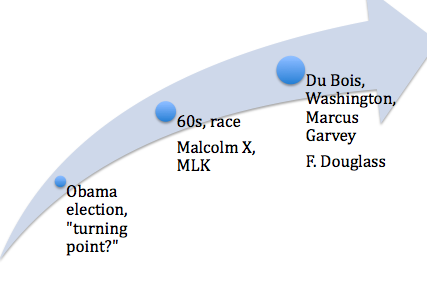 Unit 2:
Unit 2: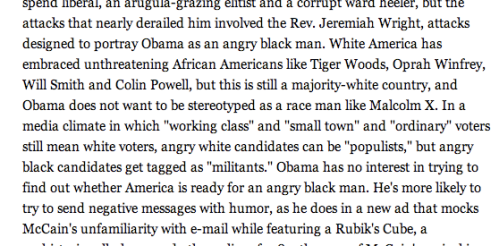
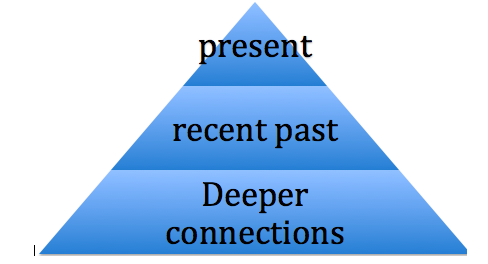
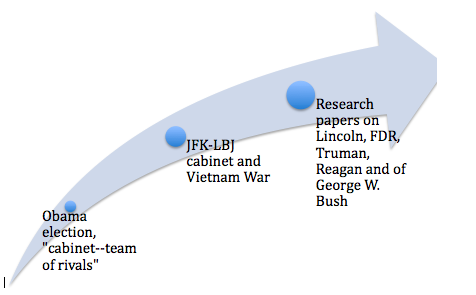
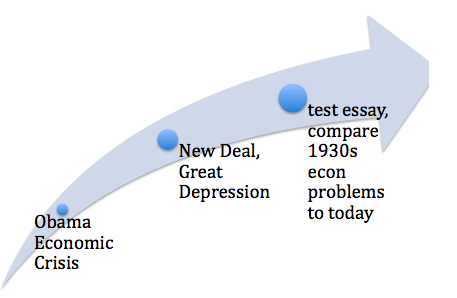

Essential Questions and Teaching
February 28, 2007 by John Murnane
Folks:
My wife subscribes to various newsletters. And although she is a 4th grade teacher, many of the techniques she uses (and reads about) can be applied to other grade levels. The article linked below is about open-ended questions. As I read through it I thought of the parallels with the idea of “essential questions” that we included as part of mapping. I personally have found this variation on the Socratic method very useful. This week, for example, I felt as though I finally connected modern art, music, changes in philosophy and science and culture to the First and Second World Wars, along with anti-colonial movements (such as Gandhi’s); I did so with one overarching question: What led to the collapse of the European world order? With such a question to anchor what can seem like a whirlwind of material, I feel like I conducted my best classes (Monday and Tuesday of this week) in my decade and half of teaching. I felt good and the students seemed engaged, curious, and focused. There was excitement as we compared and contrast the opening scenes of the ballets Swan Lake and Firebird Suite and then leapt into Einstein’s Theory of Relativity. Always tying back to the big question, the essential question, student were able to see where the various pieces fit. I cannot wait to pick up the discussion in class on Wednesday. Anyway, I thought others might find this useful.
http://www.responsiveclassroom.org/newsletter/19_1nl_1.asp
Posted in Departmental Commentary | 3 Comments »